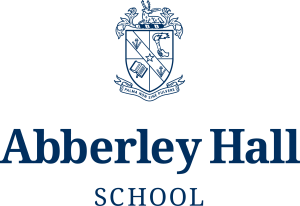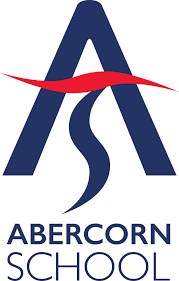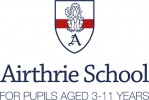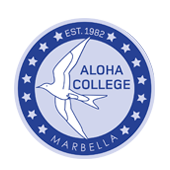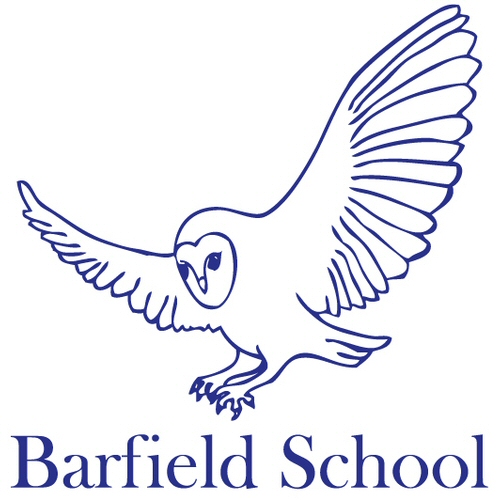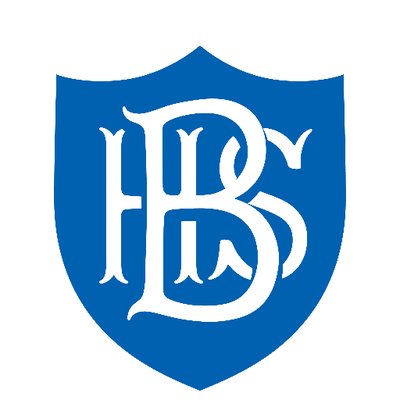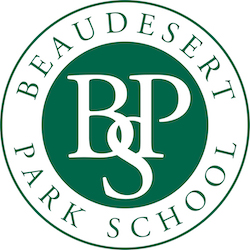Learning processes and BOFA learning
Learning processes and BOFA learning
Have you seen the BOFA video yet?
There are three different learning processes: audio, visual or kinesthetic.
Take for example the directions to get from home to school, most people will teach others in their own learning style.
For example:
Visual:
A pupil draws a map of how to get from home to school.
Audio:
Another person might explain the directions by talking face to face or on the telephone.
Kinesthetic:
Somebody else may prefer to take you along the route first or build a model or some other practical, hands-on approach.
But most people will be happy using more than one approach.
The same thing applies to 11 plus preparation, therefore you should aim to make sure that the pupil can discuss questions and concerns with others and be able to build models or physically try and solve other problems. BOFA is designed to assist, by supplying the opportunity for the tutor/parent to go through the errors with the child and then retest them, using slightly different questions later. This is the unique facility of BOFA which has been developed over many years of teaching and learning. This process would be extremely difficult to manage without an online learning platform and would take up a great deal of time.
BOFA is based on a formative learning process. This works by identifying areas which a pupil needs to work on, rather than wasting time teaching them what they already know. Formative learning is also designed to give the pupil control and ownership of their learning. Putting the pupil in the 'driving seat' has been shown to not only increase their academic confidence but also to help them learn more effectively.
BOFA will:
- Set the tests.
- Allow your child to work independently, without needing supervision.
- Mark each test for you.
- Email you to tell you how your child got on.
- Tutor your child through the questions they got wrong.
- Set them different practice questions.
- Give your child a re-test.
- Mark the re-test for you and email you the new mark.
- Sort all the questions your child still can’t go into topics which you can work on with them or give to a tutor to focus on.
- Repeat the whole process again a further 3 times with 3 different papers (4 papers in total).




